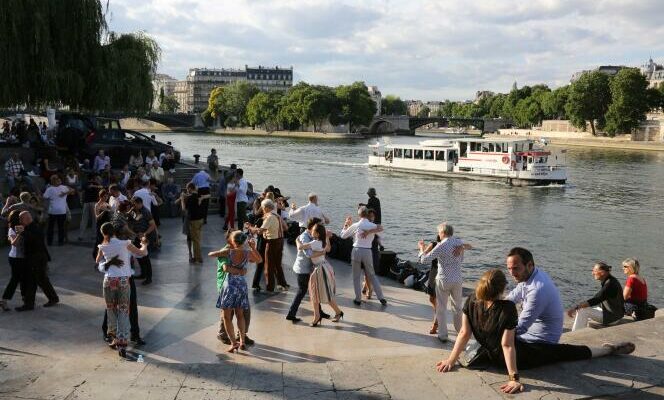Ten thousand steps and more. Scientific literature has shown for many years that regular physical activity has positive effects on depression. It is validated as therapeutic by the High Authority for Health, alone or in combination with medications or psychotherapy. A meta-analysis of 218 studies, published on February 14 in the British Medical Journal, confirms these benefits. The authors of this work, involving 14,170 patients over the age of 18 suffering from major depressive disorder, looked at the intensity and modalities of physical activity that were most effective by comparing them with psychotherapy – including the cognitive-behavioral therapies (CBT) – and antidepressants (selective serotonin reuptake inhibitors).
According to this article, the most popular sports “effective” are walking or jogging, yoga and strength training, especially when these activities are intense, the study notes. That’s not all : “Dance appears to be a promising treatment for depression”more than other activities, explain the authors with a downside: the small number of studies devoted to this subject.
Another meta-analysis, integrating 1,392 people (including 944 women) and published in Sports Medicine January 25, shows that dance, whether zumba, modern jazz, salsa, folk dance, whether solo, couple or group, improves psychological well-being and cognitive capacity, in addition to pleasure music that is not studied here but which we know is powerful. A structured dance program lasting at least six weeks has positive effects on “emotional well-being, depression, motivation, social cognition and certain aspects of memory”explain the University of Sydney press release.
“A tool to restore self-esteem”
“Dance practice stimulates the autonomic nervous system [SNA] », explains psychiatrist and dancer Emmanuel Monneron, head of the part-time therapeutic activities center (CATTP) of the center pole at Le Vinatier hospital (Lyon). The ANS is made up of two entities with opposing actions: the orthosympathetic system – a response to stress, regulated by adrenaline and norepinephrine – and the parasympathetic system which, through acetylcholine, manages rest and recovery. They act on the body’s automatic functions (breathing and digestion, heartbeat), control visceral activities in order to maintain homeostasis and play the role of conductor of the sleep-wake rhythm. A study carried out on 24 young girls from 12 to 15 years old showed that seventeen weeks of classical dance had improved the parasympathetic activity of the ANS in them.
You have 32.94% of this article left to read. The rest is reserved for subscribers.
